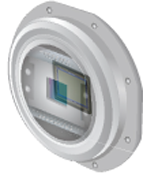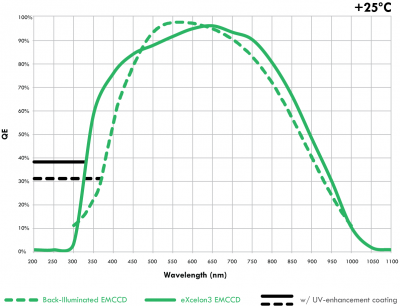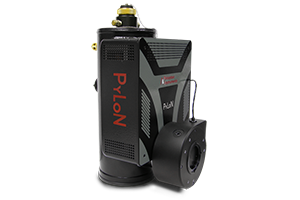Process

eXcelon® Process
eXcelon® and eXcelon®3 technologies are sensor processes which radically improve the sensitivity of back-illuminated CCD and EMCCD detectors across a wide spectral range. Both technologies significantly reduce etaloning – the problematic appearance of fringes caused by constructive and destructive inference in a device’s back-thinned silicon – while imaging in the 750 – 1100 nm range (NIR).
Key Features

Enhanced Sensitivity
eXcelon technology increases sensitivity across a broader wavelength range than standard thinned back-illuminated CCDs. By improving sensitivity below 500 nm and above 625 nm, eXcelon is able to obtain a 15-20% maximum quantum efficiency increase.

Reduced etaloning and dark current
eXcelon technology reduces the etaloning present on thinned back-illuminated CCD sensors over the NIR wavelength range.
In addition, thinned back-illuminated CCD sensors coated with eXcelon technology are able to provide lower levels of dark current than deep-depleted back-illuminated sensors while maintaining high quantum efficiency at lower wavelengths.

eXcelon3
eXcelon3 is specifically developed for EMCCD detectors. Traditional back-illuminated EMCCDs are capable of single-photon sensitivity, yet they lack high QE in the UV and NIR regions and suffer from etaloning in the NIR region.
eXcelon3 overcomes both of these limitations, providing up to a 3x increase in QE in the UV region and a 1.3x increase in the NIR.
It also reduces etaloning by up to 70%, with a peak-to-peak fringe amplitude of below 10%.



